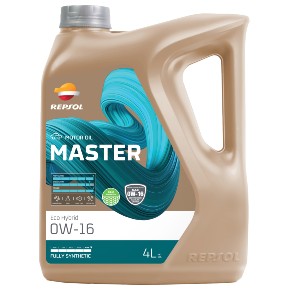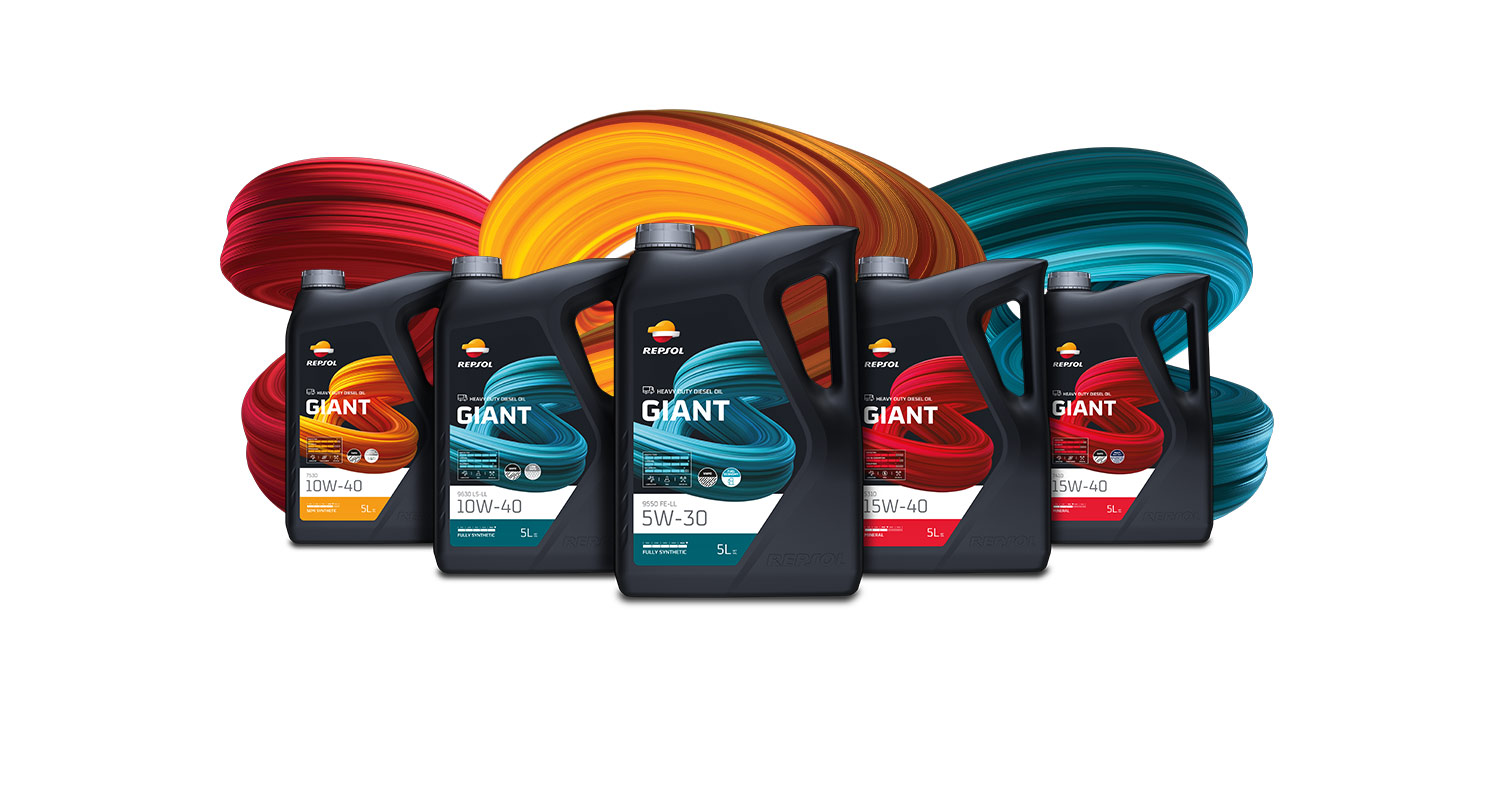Characteristics to consider before buying a lubricant

The main purpose of a lubricant is to create a protective layer between two moving parts to prevent wear from friction and therefore ensuring their optimum performance. However, there are more keys that help the system through their use, such as ensuring correct cooling, cleaning, sealing, and preventing corrosion of parts over time.
To achieve this goal, there are many variables to consider to find out which is the perfect one in each case, so in this article we will talk about those that are essential when choosing which lubricant is best for our engine or machine.
Viscosity
Viscosity is the resistance of a liquid’s flow and, in the case of lubricants, is an essential characteristic to take into account when choosing a lubricant. Depending on the application, the viscosity will need to have greater or lesser fluidity of movement, and this makes it an essential variable when purchasing a lubricant.
This variable does not guarantee the lubricant’s quality, as the quality depends on the recommended viscosity level for that engine or machine. In other words, the oil’s characteristic's should be specific to its recommended use.
It is the manufacturer who establishes the viscosity that is most suited for the models it produces, which are specified in their user manuals. In general, several types are recommended depending on the conditions and use of the vehicle or machine, such as the temperature.
A word of advice: mixing lubricants with different viscosity levels is not recommended. Except in emergencies, for example: when oil levels are very low, in which case we always recommend using a lubricant with the same quality levels, and if possible, the product should be from the same manufacturer.
SAE
In order to determine what viscosity level is required for an engine, the organization SAE (Sociecty of Automive Engineers) has established a series of internationally accepted standards for viscosity classified by temperature..
This classification separates engine oils into two categories: low temperature and high temperature. This is represented by the letter "W" for oils with low temperature properties and those without the letter "W” with high temperature properties.
Based on this distinction, the SAE has also established another standard to classify the viscosity of oils according to their variability, i.e., whether the viscosity properties allow them to work in a narrow or wide temperature range.
Depending on the viscosity behavior, they can be classified as follows:
• Monograde oils: oils designated with only one numerical grade, followed by the letter "W" (such as SAE 10W) or with only one number (SAE 40). They are those that only work at a certain temperature.
• Multigrade oils: oils with two numerical grades (such as SAE 10W-40). Oils that can work at both low and high temperature, simultaneously.
API
Another fundamental factor when purchasing a lubricant, is the oil quality indicator. API stands for American Petroleum Institute, an organization that provides quality standards and norms for the Oil & Gas industry. This indicator is represented by two letters:
1 Indicates the lubricant application: The letter to identify the intended type of engine: "S" for gasoline engines and "C" for diesel engines.
2 Indicates the severity of service the oil can withstand. Within this category, you can find the classifications such as: SJ, SL, SM, and SN, all of which have quality specifications depending on their usefulness (low or high temperatures, protection against rust, wear, and formation of deposits, among others).
Synthetic and mineral lubricants and their additives:
A lubricant is synthetic or mineral depending on how its main component, i.e. its base oil, has been obtained. If the base oil originates from petroleum, it is a mineral oil, and if it is obtained through chemical processes, it is synthetic.
An oil’s quality does not depend on its base oil, but on whether the lubricant passes all the tests carried out both in laboratories and in the engines for which it is designed. Another factor that determines a lubricant’s quality is its additives.
Lubricant additives:
Additives in lubricants are chemical compounds that are added to the lubricant "base oils" to improve their performance, enhance their properties, and/or add new ones to refine them. There are three basic functions of additives:
1 Improve properties by adding elements that combat corrosion, wear and tear, formation of deposits, etc.
2 Eliminate the properties that prevent the oil from performing at its optimum.
3 Add elements that improve its usefulness and performance, covering more and more of the engine's needs.
Manufacturer's recommendation
It is essential to know which are the most important characteristics before buying a lubricant in order to determine which is the exact product we need.
However, it is even more important to follow the manufacturer's specifications when deciding to purchase one product over another. These specifications are all the standards that manufacturers establish to ensure optimum performance, i.e., product recommendations and guidelines to ensure the best possible performance, such as the most suitable viscosity grade depending on the type of engine, design, temperature conditions, and service performed by the engine.
Related contents



